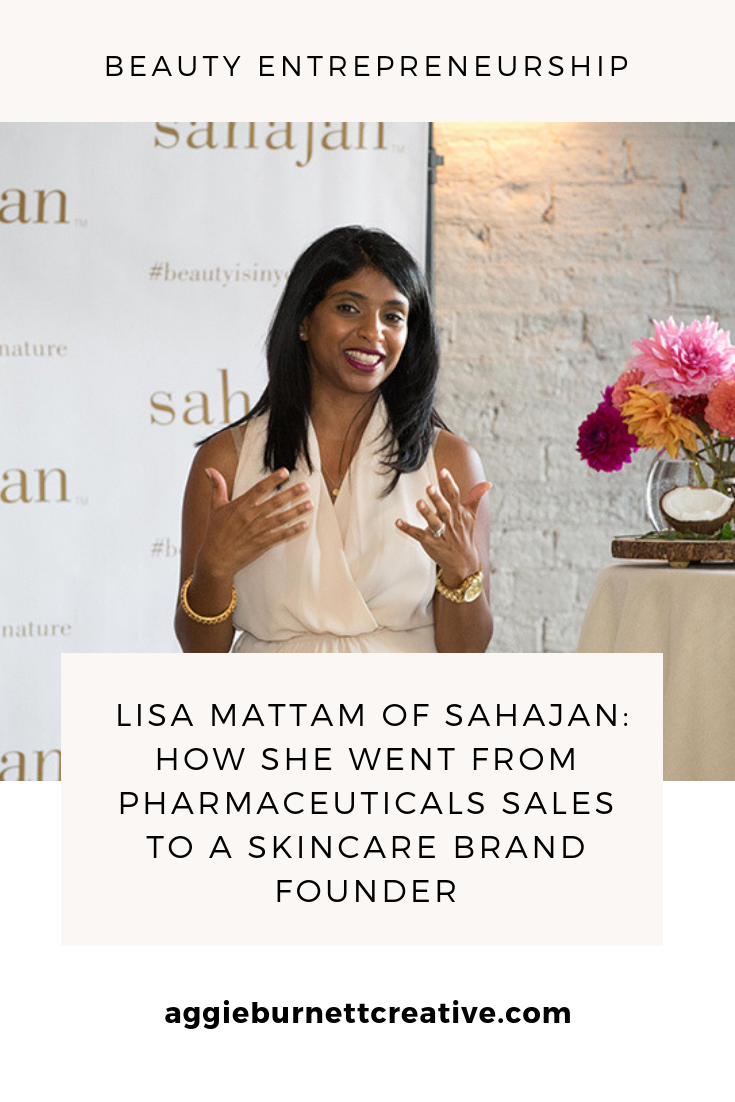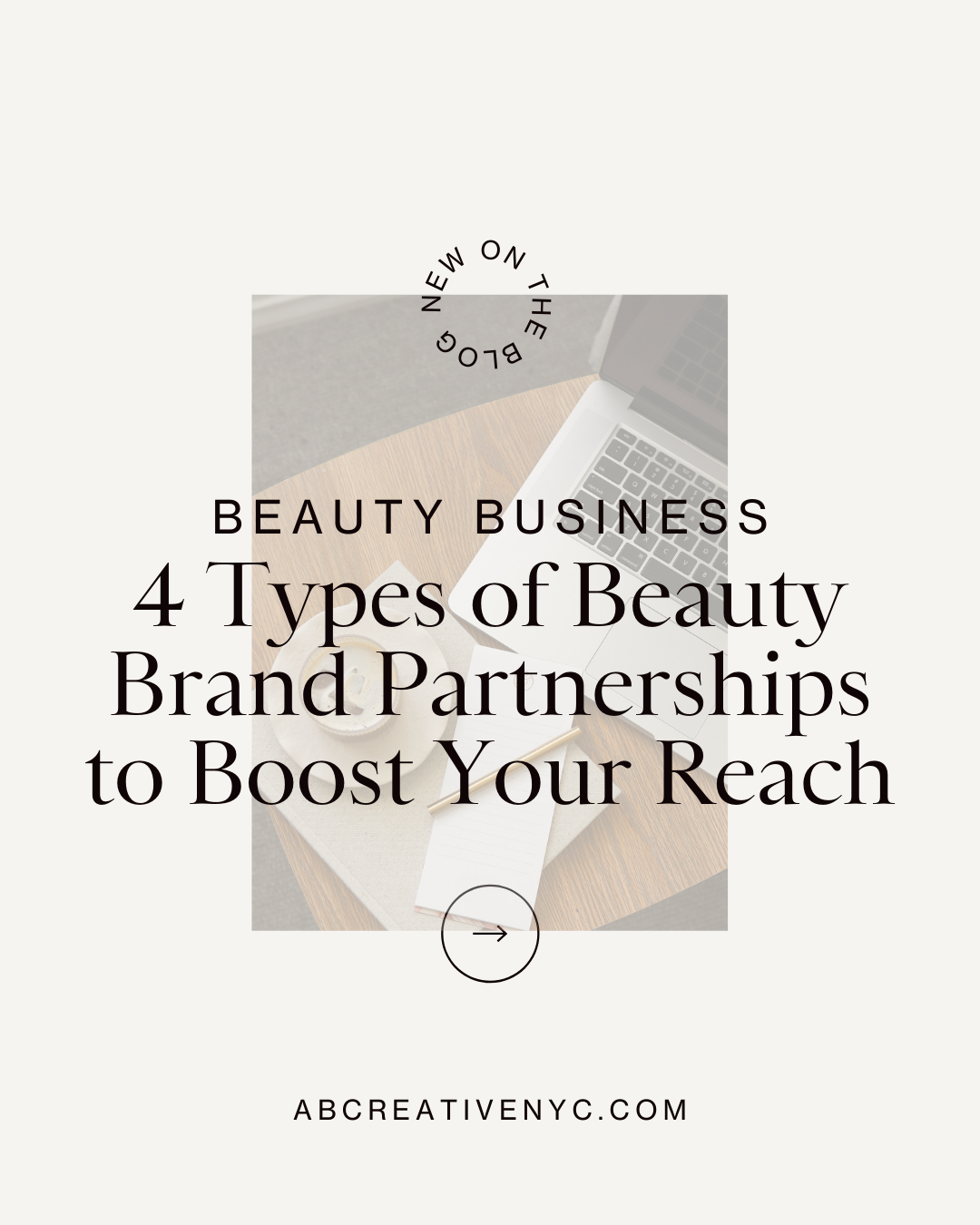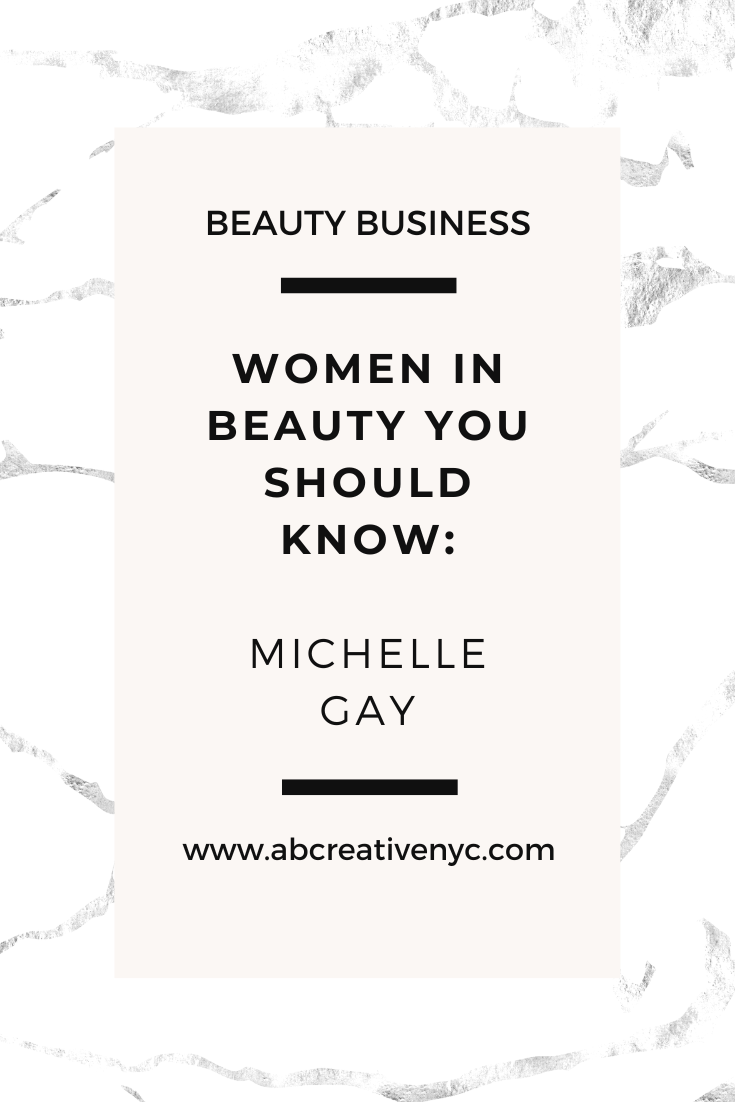Did you hear? Natural Skincare Brand, Herbivore, Raises $15 Million in Series A Funding After 8 Years of Bootstrapping Their Business. We Dissect the 6 Reasons Why and How You Can Get There Too.
Maybe you’ve heard the word on the street? Herbivore, the Seattle-born natural skincare line started by Julia Wills and her husband, Alex Kummerow in 2011, raised their first round of funding, a cool $15 Mill, natch. Not bad for an indie beauty brand that got its start on Etsy. What’s even more impressive is that they’ve been retailing at Anthropologie, Nordstrom, Urban Outfitters and Sephora over the last few years and have done so without any outside funding…until now.
Below are the 6 key reasons why they’ve been able to grow steadily year over year, build a tribe of brand evangelists, and ultimately raise more capital than the majority of beauty brands get in their Series A.
I’m sharing this in hopes that you may find a nugget of wisdom you can apply to your own brand. And to remind you that you got this. Your hard work will pay off. Stay committed, have a clear purpose, and know your audience inside out. You’re not alone in this, every beauty brand founder went through the same issues you may be going through right now. You will come out on the other side.
1. Authenticity
Now before you dismiss the word authenticity as overused and cliche, hear me out. In interviews, Kummerow and Wills have stated that they believe their differentiation factor is that they’ve always stayed true to their vision and made it a point to not mimic what other brands were doing, no matter how much more successful other brands seemed to be. Julia said in an interview with P.F. Candle Co., “It’s hard with so many images flooding Instagram and so much competition in the beauty industry, but our most successful products are always the ones that come from a very personal place.”
I call that “personal place” your values, vision, beliefs, and purpose. You need to start with these first in order to build the foundation for a successful beauty business. Otherwise, you’ll get bored or burn out. Either way, it won’t end well. I say this to my clients every day, stop playing “samesies” and just do you. Authenticity flows from having a clear vision and purpose. The money needs to be secondary to the impact you’re looking to make for your customers. You don’t have to be doing this to change the world per se, but even making a small difference for your customers is a big difference over the course of 8 years.
Take Action: Are you clear on the purpose of your business? Your vision? If not, take a couple of hours and write out the answers to the following questions:
What are my 5 highest personal values (not enforced by society, parents or friends)? Values help guide your decisions, your messaging, and how you charm the socks off your ideal customers and build a community that rides and dies with you.
To help you get started, I created this Beauty Brand Values Blueprint. In it, you’ll find the exact same 7-step process I use with my clients to uncover your unique brand values and use them to connect and convert customers.
DOWNLOAD YOUR BEAUTY BRAND VALUES BLUEPRINT

Access the exact 7-step process I use with my clients to uncover your unique brand values and start drawing in your ideal customers immediately. Subscribe and get your free beauty brand values blueprint delivered directly into your inbox.
How can I apply those values in my business right now to create a more authentic customer experience?
Why do I exist as an organization?
What do I hope to achieve with my brand in 5, 10 years?
Where am I fed up with the status quo and want to shake things up?
These are just a few questions to get you started on gaining more clarity on your authentic differentiation factor.
2. Credibility Factors
Julia’s mother was an esthetician and would blend natural ingredients to create treatments at home and for her clients. Inspired, Julia took it a step further and attended Bastyr University Naturopathic Medicine School, where she learned about the benefits of herbs, aromatherapy and Chinese medicine. This is where her interest in natural beauty really blossomed.
In Herbivore’s case, Julia’s training, as well as her upbringing, give credibility to launching and growing a natural skincare brand. As a result of these two credibility factors, the customer trusts that Herbivore’s formulations have been skillfully crafted, will work and won’t cause them harm.
What are credibility factors? They are the achievements, credentials, and experiences that build authority and legitimacy in the eyes of your customers, press, buyers, and vendors.
Now you may be thinking, but I didn’t grow up with an esthetician mom or I didn’t get qualifications from a naturopathic school. How can I be credible?
That’s the beauty of credibility factors. Everyone has them and I’m certain you have a couple that fit perfectly into your beauty brand story, you just need to uncover them and pick the two that work best.
Take Action:
Make a big list of achievements and experiences in your life—these can include awards, past work experience, press placements, overcoming extreme obstacles, degrees and certifications.
Next, review your list and pick the two credibility factors that best support your authority in your brand story.
3. Visual Brand Identity
Herbivore nailed this one out of the gate. In fact, their visual brand identity has stayed pretty much the same since their Etsy days. Julia said to Cosmopolitan, “We really wanted to show the natural ingredients in the product. They are so beautiful, so we packaged them in clear glass so everyone can see the colors. We also wanted to keep the label pretty minimal, again so we could really focus on the product. That was the idea behind it.”
The pastel colors and minimalistic design made their products ultra-Instagrammable and drew in millennial types.
Given that most beauty brands these days make DTC (direct-to-consumer) a major part of their sales strategy, the product has to stand out visually. Customers can’t smell it or feel it, so they have to build a desire for it visually.
We’re living in a time where visuals matter. Your primary and secondary packaging choices are how your brand stands out in the crowded beauty space and tells your customers what you’re all about.
Here’s the biggest mistake I see brands make time and time again: they copy trends and do what other brands they deem “successful” do, not knowing the reasoning and purpose behind why those other brands chose the colors, fonts, and design that they did.
In order for you to uncover your visual brand identity, we go back to point #1: Authenticity. You need to know what you stand for, your why, your purpose, your values, and your vision (see how this keeps coming up, it’s the most important aspect of creating a cult-status brand) and then translate those elements into a visual guidebook.
Take Action: Put some thought into this. If you don’t have a background in design or visual marketing, hire someone who’s done packaging and label design who’s work you like. Don’t just go for the cheapest option. Ask around, get referrals. Most importantly, create a visual guidebook with intention so that you aren’t reinventing the wheel with each new product launch.
Already launched but don’t have a visual guidebook? It’s not too late, the earlier you can create this the better. You’ll have standards for all your visual needs for the longevity of your business.
4. Fun Factor
Herbivore brought their brand to life by sprinkling joy in their products and delighting their customers. Instead of creating the same-old, generic products of yesterday with basic names like moisturizer or eye cream they tapped into their creativity and created products like a Pink Cloud Rosewater Moisture Creme (inspired by a sunset) or the Moon Fruit Superfruit Night Treatment. I don’t know about you, but if I see names like that, I definitely want to try whatever’s in that bottle.
Think about it, don’t you want to wake up and put on something called Pink Cloud, with a side benefit of putting a spring in your step just from saying it, than a product that’s just called, “anti-aging moisturizer?”
The spunky names and colors make the line of skincare fun to shop and fun to share. We’ve seen the element of joy skyrocket other cult-status brands like Glossier and Benefit, each one doing it their own way.
Take Action: How can you sprinkle an element of joy in your brand?
Remember, you don’t have to be targeting millenials to be joyful. The joy your target customer appreciates may be different than the joy the Hervibore customer appreciates. Maybe your brand’s version of joy is adding an element of discovery and exploration. Find your joy and add a splash of it.
5. Marketing Strategy
Knowing that one of their major strength’s was their visual brand identity, Herbivore doubled down on social media using stunning product photography and influencer partnerships. Their pastel color palette was made for millenial-centric Instagram. This strategy showed to be fruitful—they amassed a massive following and found a marketing strategy that suited their skills.
Not every marketing strategy is the right fit for every brand. Maybe your strength is writing so you double down on a brand blog or building engagement with your newsletter. Or perhaps your strength is interacting and engaging live with customers so you double down on pop-ups, events, craft shows and the like. There’s no “right” way to do marketing, just the right way for you and your company.
The flip side of this is understanding not just your skill sets, but where your customer consumes new information. Are they discovering a new skincare line because they popped into a Sephora one day for 10 minutes or are they reading blogs and digital magazines? Maybe they’re watching YouTube makeup tutorials or they’re engaging in Facebook Group.
Take Action: Survey your email list or do some digging on your target customer and figure out how they discover new brands like yours. Then, write out your skills and strengths and pair them with 3-5 marketing strategies. Are you seeing any overlap? The marketing strategies where you have overlap are the ones you need to be focusing on for your business.
6. Polarizing Effect
Polarizing Effect is a branding term I coined to describe a brand’s level of polarization. Meaning, when you think about a spectrum, on the one end you have a generic, bland, no-name, no-personality brand, and on the tail end, you have a brand that is crazy out there, controversial, always in the media (for both good and bad reasons).
Assuming all other necessary needs of a successful business are being met, the more polarizing you and your brand is, to a degree, the more successful it will be. Consumers want to feel like they’re part of a movement. That when they use your brand, they’re making a statement about their identity. A powerful statement and movement makes the consumer feel special, makes them feel like they’re a part of something cool, and that there’s a real, beating soul behind the brand.
Using Herbivore as an example, they apply polarization to their ingredient choice. When every brand is using retinol in their products, they come out with the anti-retinol product, Bakuchiol.
They do it with their naming too. When every brand is naming their products after the key ingredient, they’re doubling down on their Eastern Medicine roots and naming some of their products after crystals and stones, like the Emerald Deep Moisture Glow Oil or the Lapis Facial Oil. They lead the pack in formulation and naming innovation.
The right way to use the polarization effect is to take your values and beliefs and double down on them. One of the key beliefs held by Herbivore is that the natural formulations shouldn’t irritate or be harsh on the skin. Therefore, Bakuchiol was an obvious choice for an ingredient and new product.
The wrong way to use the polarization effect is to be defiant and different just for the sake of being polarizing. We can’t forget The Ordinary’s founder, Brandon Truaxe, and his outlandish remarks that were covered by all the media.
Take action: What values and beliefs do you want to stand your ground on? How can you build a movement around them? What conventions are they breaking?
Where Herbivore can stand to improve: brand messaging.
While their visual brand identity is clear, their naming is fun, and their formulations are unique, their website copy doesn’t do any of this justice. It’s pretty generic. I’d love to see them get more creative with their brand voice just as they’ve done with all other aspects of their business.
These 6 key brand elements have catapulted Herbivore to cult-status level and have made it a household name amongst millennials, retailers, and now, investors.
Herbivore grew their brand to $10 Million before they sought out funding. They were able to do this by applying the 6 key brand elements mentioned above, which catapulted them to cult-status level and made them a household name amongst millennials, retailers, and now, investors.
Why is $10 Million the golden number for investors? Because it shows you’ve got skin in the game, you have a well-oiled company with systems and operations in place, you know your customer, you are steadfast on your positioning, and you’ve only got room to grow. You have a company built with the right brand strategy fundamentals in place that won’t waver and topple over when challenges arise. And who doesn’t want a piece of that?
I want to hear from you: which of these key brand elements do you feel your brand could use a dosage of?
Want help in uncovering your company’s cult-status brand and marketing strategy? Want to be the kind of brand that has customers hopping on waitlists and spreading the word of your brand for you without you even asking? Learn more about how you can do this here.





